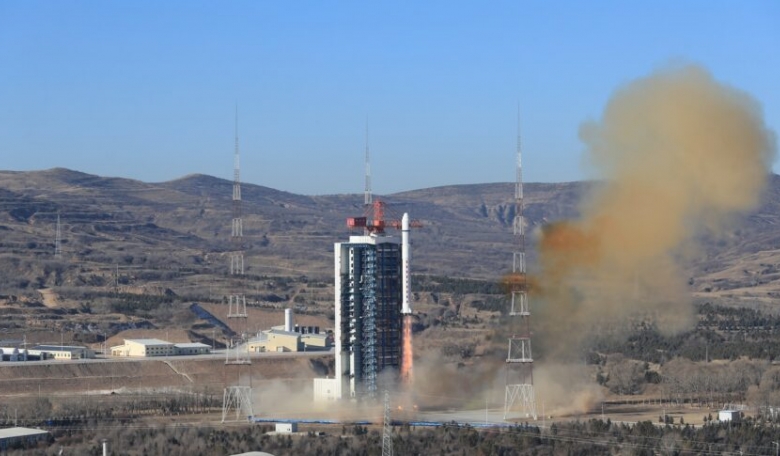A classified Shiyan-13 test satellite was launched into orbit by China on a Long March 2D rocket late on Sunday heralding the start of what promises to be a busy year of launches for the country with more than 40 missions planned.
Chinese officials said Shiyan 13 will be used for space environment data collection and technology tests but did not disclose other details about the purpose of the mission.
Liftoff occurred at 1035 Beijing time on Monday (17 January) from the Taiyuan launch base in Shanxi province of northern China, according to an announcement 20 minutes after liftoff by the China Aerospace Science and Technology Corp (CASC), the country’s state-owned main space contractor.
The Innovation Academy for Microsatellites under the Chinese Academy of Sciences (CAS) developed the Shiyan-13 satellite and the Shanghai Academy of Spaceflight Technology (SAST) provided the launcher.
The first in a series of Shiyan test satellites was launched in 2004 and there are currently more 10 in Sun-synchronous and geosynchronous orbits. It is believed that many of the Shiyan missions to date are likely to have had a military purpose.
CASC is planning more than 40 launches for 2022, following up on its 48 Long March launches last year. The main task will be six launches to complete the country’s three-module Tiangong space station.
According to CASC more than 15 of the launches will use the Long March 2D rocket configuration, which is designed to carry payloads weighing up to 2,900 pounds (about 1.3 metric tons) into a polar, sun-synchronous orbit.
There are currently three astronauts on China’s Shenzhou 13 spacecraft on the Tianhe space station. They were launched in October and, if the planned six-month mission is completed, it will become the longest China human spaceflight mission to date.











